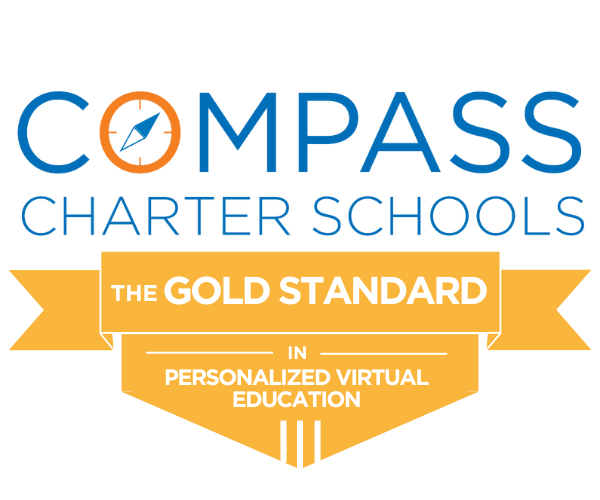
In a typical brick and mortar school, scholars may often interact with diverse students with various ethnicities, backgrounds, and beliefs. But, in a virtual or personalized learning environment, this may not happen. In general, people are more comfortable interacting with those with the same behaviors and ideas and will react with fear or apprehension when faced with the unknown. By becoming culturally aware, we can help our scholars embrace and understand different viewpoints and cultures. We can cherish and appreciate each other without fear or judgment.
In our increasingly diverse and multicultural society, parents and teachers must incorporate culturally responsive instruction in their virtual or personalized learning environments. How can we become more culturally responsive educators and parents in this unknown and overwhelming time in history? Here are some tips to bring cultural diversity into your classroom.
1. Practice Cultural Sensitivity
It is essential to become sensitive to other beliefs, cultures, and languages while teaching your scholar. Invest time in understanding other cultures when designing your lesson plans. Perhaps, rather than teaching with a familiar style, create learning experiences that are more interactive and require research into different cultures, methods, or modes of thinking. Teach your scholar that other people who may not look or believe the same as them, are still people just like them, with many of the same characteristics. You can teach this viewpoint by building a culture of learning from one another rather than passing judgment on differences in values or beliefs.
2. Get to Know Other Diverse Scholars
Take the time to learn about other scholars at Compass or your community, with different cultural backgrounds, hobbies, learning styles, and features that make them unique. Demonstrating a genuine interest in learning about others and their cultures will help establish trust and allow your scholar to form bonds, and everyone will feel valued.
3. Incorporate Diversity in the Lesson Plan
Ensure that diversity is represented in your lesson plans. For example, plan history lessons that study history outside the United States. Watch speakers in your virtual classroom that come from different backgrounds and have made a positive contribution to important fields. Show your scholar videos and images of people of different ethnicities, shapes, sizes, and attire; this allows scholars to see people that look very different from themselves engaging in similar activities. And can humanize people that your scholar may not have had an opportunity to meet yet.
4. Honor and Respect Others and Your Cultural Background
It’s also vital for your scholar to celebrate and respect their diverse background. Encourage your scholar to research and learn about their own ethnic and cultural backgrounds. Create a safe space for your scholar to ask questions and express real confusion, fear, or misunderstanding about other cultures. Also, as you encourage your scholar to learn about their diverse backgrounds, remember to take the time to discuss what is not appropriate in other cultures.
Here are some professional resources to promote diversity in the classroom shared by Prodigygame.com:
- Beyond Heroes and Holidays: This resource is for teachers, school leaders, scholars, and parents alike. It provides a model for building a culturally responsive curriculum and includes in-service activities, strategies for teaching, and offers an analysis of racial inequality in the current school system.
- The Center for Culturally Responsive Teaching and Learning is an organization that offers professional development opportunities for schools, businesses, and the general public on becoming culturally responsive, “moving below the superficial focus on culture.” They offer half to multi-day workshops, as well as coaching and online courses.
- Teaching Tolerance is an organization that helps “teachers and schools educate children and youth to be active participants in a diverse democracy.” The program emphasizes social justice and anti-bias and offers workshops in many major cities and free online resources. They also have a team of professional development trainers to run sessions at the school or district level.
Our Compass Counseling Team has put together resources and recommendations to help us tackle and better understand racism and embrace our diverse world.
It can often be overwhelming even to begin to know how to bring diversity into your scholar’s classroom. The good news is that Compass is full of scholars and staff with diverse and incredible backgrounds, skills, and abilities! Begin by highlighting diversity, start slowly, and not be afraid to admit that you do not know the answer and need to ask someone. Be willing to grow with your scholar and embrace diversity. You will put your scholar on a path of increased empathy, understanding, open-mindedness, confidence, and prepare them to succeed in a diverse workplace and world!
